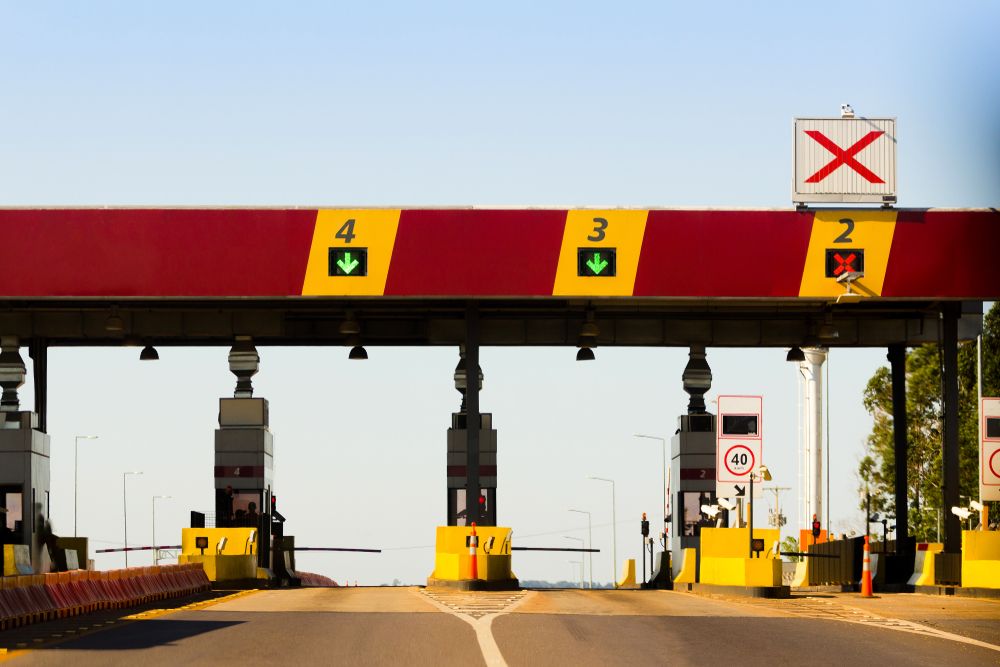Bolsonaro's government wants to build and open a highway that traverses the largest protected area of tropical forest in the world—an area larger than the size of the United Kingdom.
The plan has existed since a military dictatorship that governed Brazil between 1964 and 1985, and has been let out of the box by the president, a retired captain who surrounded himself by military leadership. The idea is to extend the BR163 highway by a few thousand kilometers through the Calha Norte, a vast area of forest situated between the Amazon River and the border with Suriname. The highway already connects the soy-producing regions in Southern Brazil with river ports in Miritituba and Santarém.
The plan is called Baron of Rio Branco in honor of the diplomat who, at the end of the 19th century, became a national hero by successfully negotiating Brazil's national boundaries with neighboring countries. By the 1970s, when the project was conceived, and in 2019, when Bolsonaro came to power, the project is lacking in economic justification. And if the history of the BR163 highway is considered, the construction of the new highway will result in social and environmental catastrophes.
To read the full story in Spanish, visit Open Democracy.
El gobierno de Bolsonaro quiere abrir una carretera atravesando la mayor área de selva tropical protegido del mundo, un territorio más grande que el Reino Unido.
Este plan existe desde la dictadura militar que gobernó Brasil entre 1964 y 1985, y has sido sacado del cajón por el presidente, un capitán retirado que se rodeó de asesores militares. La idea es extender la carretera BR 163 por unos mil kilómetros sobre la Calha Norte, una vasta zona de selva situada entre el río Amazonas y la frontera con Surinam. Hoy en día, esta carretera ya conecta las regiones productoras de soja del sur de Brasil con los puertos fluviales de Miritituba y Santarém.
El plan se llama Barón de Río Branco en honor al diplomático que, a finales del siglo XIX, se convirtió en un héroe nacional al negociar con éxito las fronteras de Brasil con los países vecinos. Pero tanto en la década de 1970, cuando fue concebida, como en 2019, cuando Bolsonaro llegó al poder, la idea carece de racionalidad económica. Por otro lado, si se tiene en cuenta la historia de la propia BR-163 en el Amazonas, la construcción de la carretera significaría desastres sociales y ambientales.
